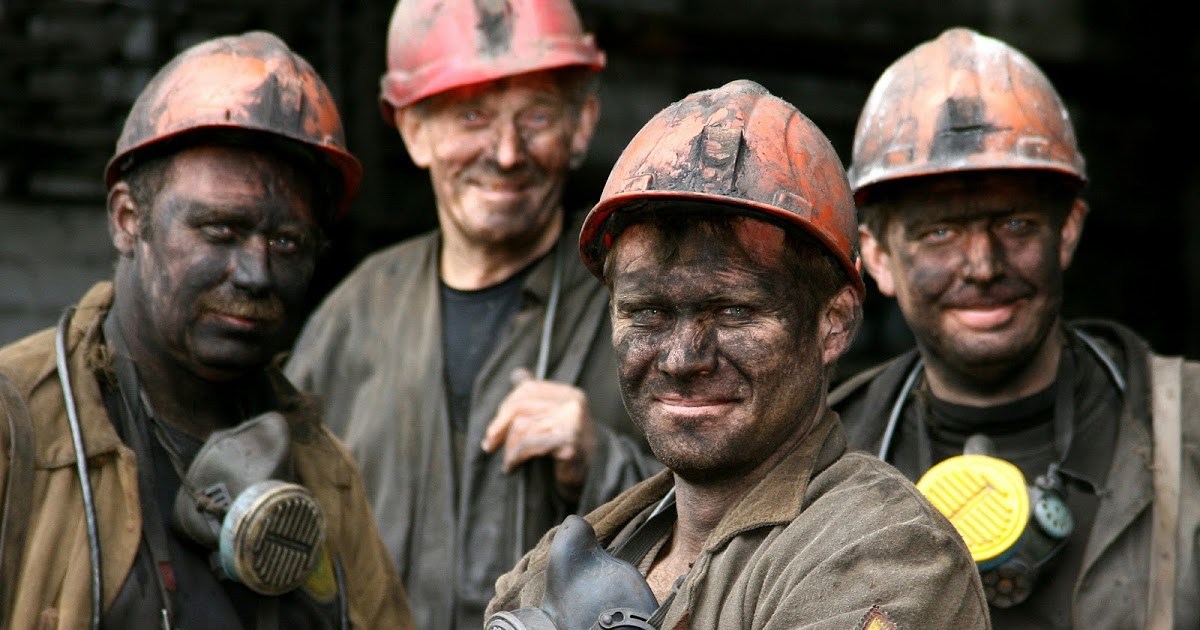What Are The Risk Factors For Siderosis?
Mining Workers

Mining workers are more susceptible to developing siderosis. Iron is extracted from the earth in the form of ores. Iron ores are oxide forms of iron identified by the names of hematite, magnetite, limonite, and others. Workers utilize heavy machinery to remove the surface of the ground to expose the iron ore and extract it. This process can rev up a large quantity of iron oxide dust into the air where the unprotected workers operating heavy machinery can be exposed to it. Upon removal, the ores are then crushed with more heavy machinery, which fabricates an even larger amount of iron oxide dust in the air. Although most of the heavy work of such process is done by large machinery, humans are still present and at the controls and operations of such machinery. Much of the ores are not of the best quality and are sorted out from pieces that are. While good quality pieces are shipped off to the basting furnace, the lower grade pieces have to be further crushed and undergo multiple refining processes that also emit more iron oxide microparticles into the air. When these microparticles regularly enter the lungs of mining workers, the inflammation that occurs can progress into siderosis.
Get familiar with the next industry linked to a higher risk of siderosis now.
Steel Industry

The raw form of iron is extracted from solid earth material obtained from the mining and multiple refining processes. After it has been mined and refined, it has to be reduced in a blast furnace. The iron ores are mixed with raw materials, and hot air blasted into the furnace melts it all down together. The pure iron sinks to the bottom, while the raw materials form a layer on top. This process produces iron oxide fumes that come in contact with numerous steelworkers. Workers have to separate the resulting sludge from the iron before it is sent to another facility for further processing. The iron compounds are then used in a manufacturing plant to fabricate products, often through the process of casting. Workers in the steel industry that deal with casting steel are at a higher risk of siderosis because casting involves the use of heat to melt the steel so it can be poured into a mold. Although the iron has been purified at this point, the fumes produced when the iron-containing material is heated and melted can be inhaled into an individual's lungs and cause inflammation.
Discover more siderosis risk factors now.
